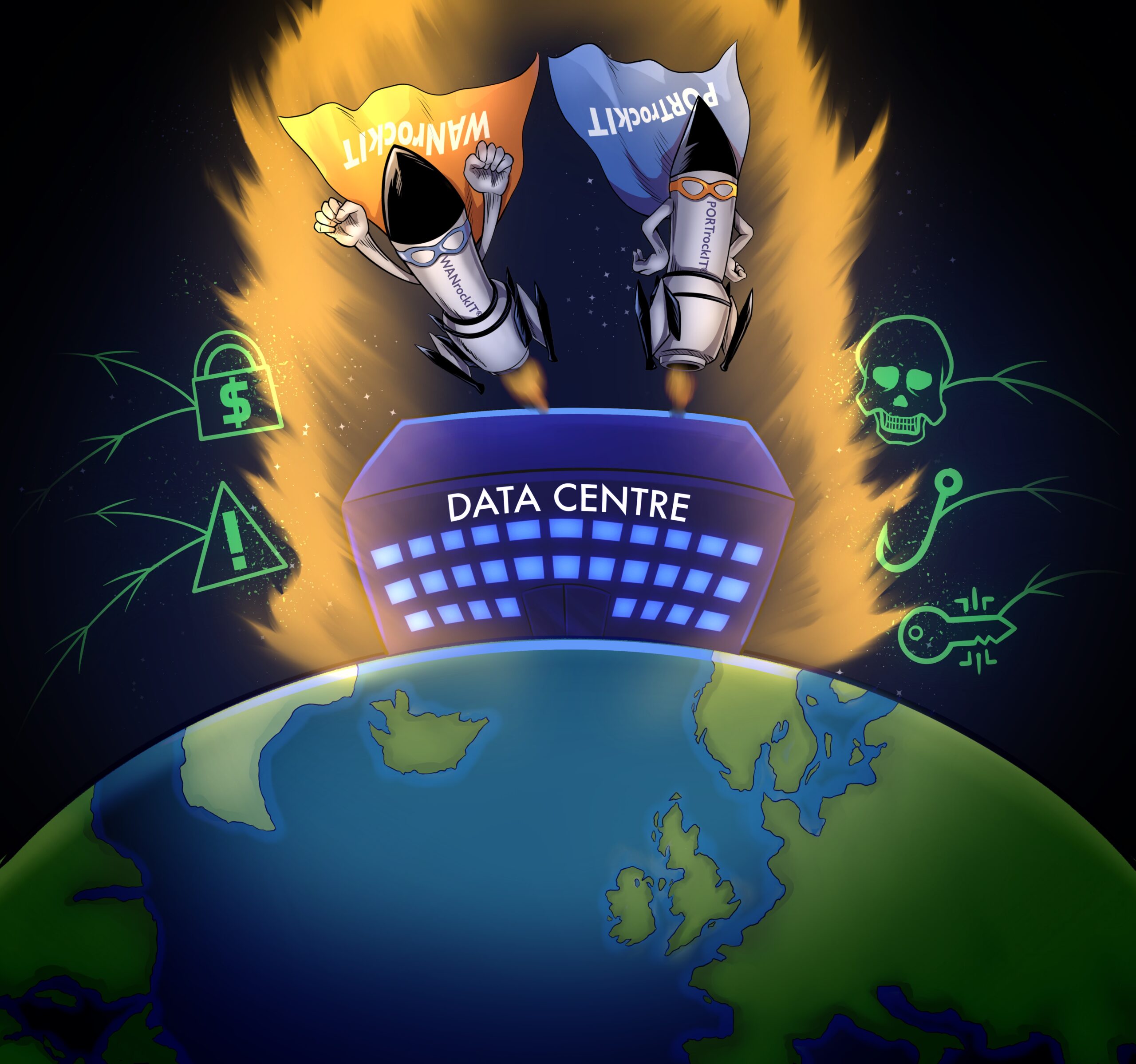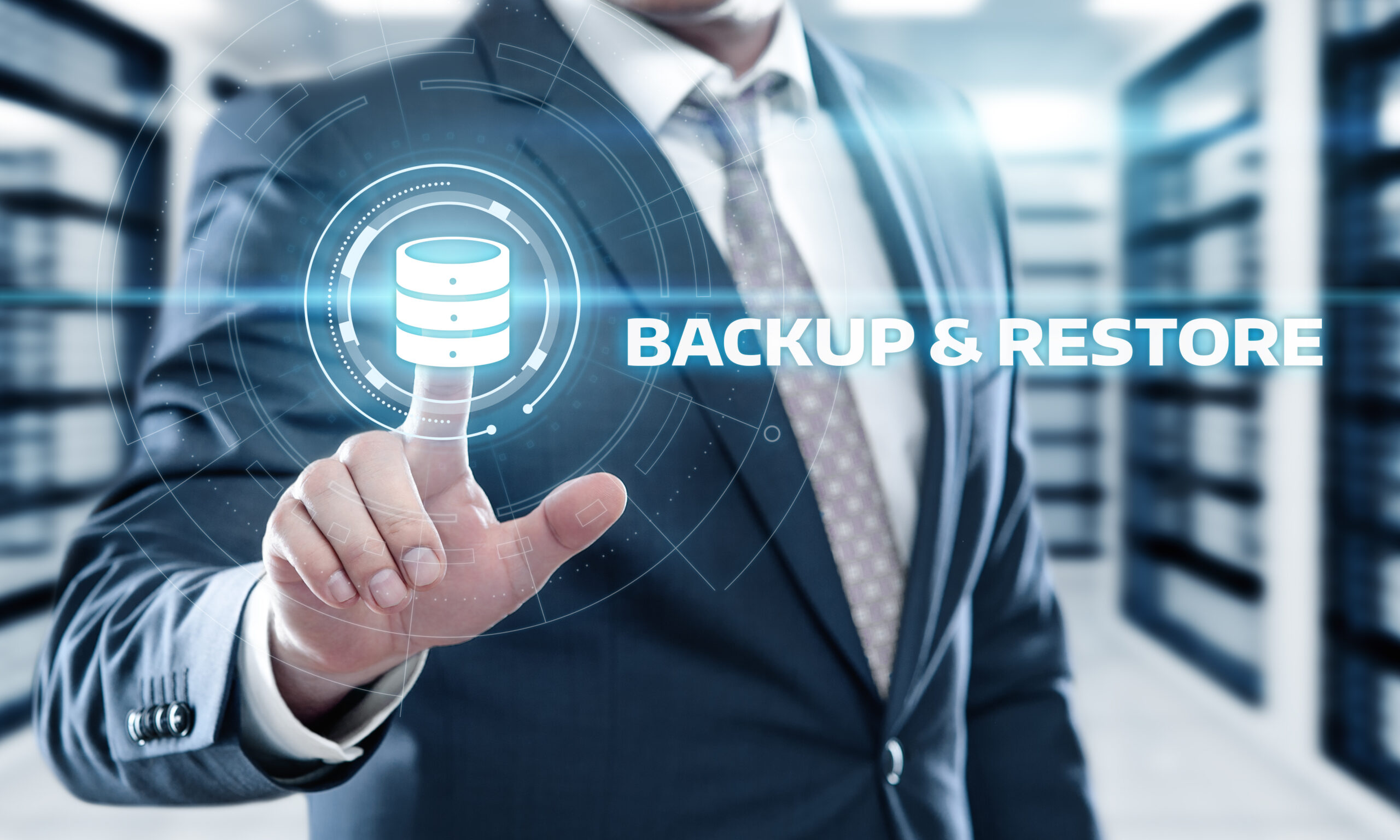Disaster Recovery and Emergency Management Trends in 2018
When we talk of disasters, we find two terms associated with it. They are response and recovery. While the difference between a disaster and emergency depends on how we interpret the event, we generally respond to an emergency and take to recovery programs in the event of a disaster. Also, while emergency does not require us to ask for external assistance, a disaster requires us to take external assistance and work towards improving it. Emergency planning for any disaster involves a coordinated and planned approach towards tackling any disaster. It is moreover an exploratory process to deal with an unforeseen situation.
Disaster recovery trends are changing at a fast pace, and they will continue to do so even in 2018. Most businesses tend to develop and organise an efficient disaster recovery team which can help them work even in the event of a disaster. Business continuity is the most important thing for all the IT organizations.
Whenever any disaster occurs, first few minutes prove to be very crucial for any organization. It is during this time that the crucial systems crashes.
Following trends are expected to be seen in disaster recovery and management.
1. Manual recovery is no longer possible
Few years back, manual recovery was a force to reckon with. But now, if we rely on manual recovery it is not possible to deal with the disasters. For any business to work and function, IT services are essential to function. If IT services fail or crash, it becomes difficult for the organization to carry out its daily task. Storing crucial information in hard copies is not feasible these days. What makes sense is that we store all the crucial information in the form of soft copies.
Moreover, most of the businesses also do not have the required manual resources to tackle disasters and emergency situations. With automated systems being used in almost all the organizations manual recovery has also become redundant.
2. Shorter recovery time for disasters
As the functioning of organizations is solely dependent on IT systems and automated processes, it becomes crucial for them to develop such recovery systems which are quick and fast. Any disaster that happens should be tackled as quickly as possible. This complete reliability of the businesses on data, has made it possible for them to work for shorter recovery time tools.
3. Data replication has become a necessity
Data storage and replication is the most viable option for any organization that depends on IT systems for its working. And this trend is expected to continue even in 2018. Thus, data replication seems to be the most feasible option these days to tackle any disaster with efficiency. Along with being more efficient, data replication is also very pocket-friendly.
4. Use of Internet of Things to expedite the processes
In the event of any disaster, communication services are affected the worst. Although IoT was once used specifically for the household communication, it has immense potential to restore all kinds of communication services. And when it comes to emergency communications, IoT configured devices have the capability to restore the systems in an effective manner. You can simply use the IoT configured devices to be connected to your fire and smoke alarms.
5.Use of social media
Use of social media has increased manifold in the past years and will continue to do so even in 2018. That social media can be your best resort in case if any emergency or say disaster. It also helps you connect with your friends and relatives in the situation of a crisis. But when you use social media, you need to make sure that it is not spreading out any fake or false news which can harm the society.
6. Using cloud platform for data recovery
Cloud technology is the latest form of technology in use these days. Disaster management also incorporates this platform by making its use in data recovery programs. Almost all the businesses working in the IT field have started using cloud technology and those which do not should use it in the coming times. In the coming days, cloud storage and technology will form the most crucial part of any organization disaster recovery program.
7. Virtualization
This is the major trend being followed by the businesses in the event of any disaster. It is one of the greatest improvements in the field of technology. By using this technique, companies have lessened the need of using lengthy recovery programs.
With all the above trends in mind, businesses should formulate their disaster recovery strategy and then follow it religiously. 4bridgeworks.com is one such company which helps its clients formulate an efficient and effective disaster recovery strategy. By use of artificial networks, you can ensure safety and security of your data. With the involvement of local resources, disaster recovery becomes more easy.





